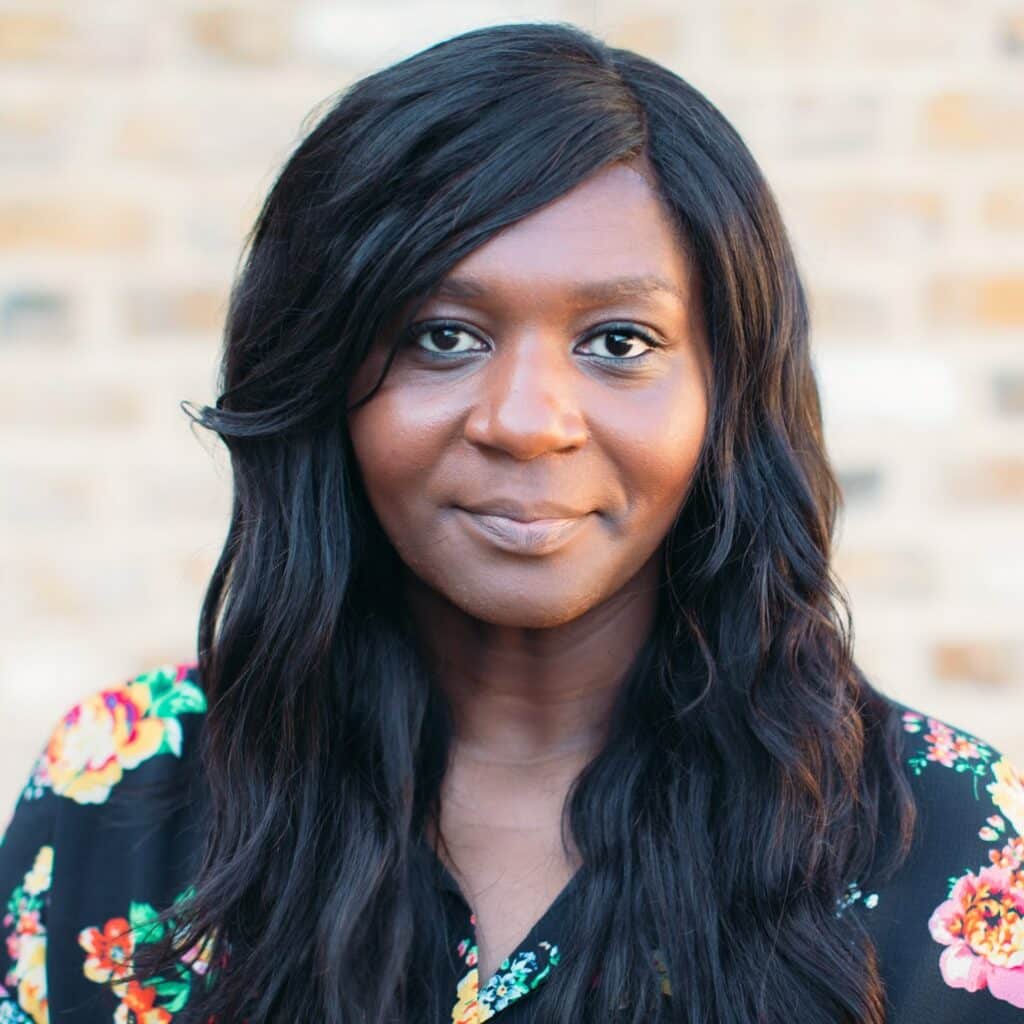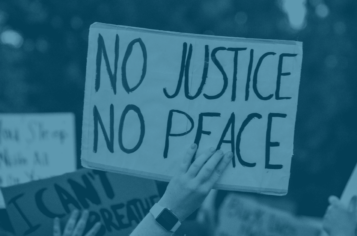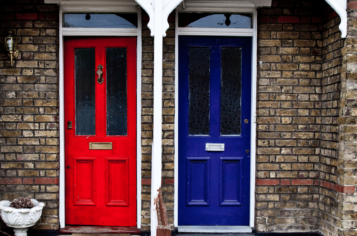This website uses cookies so that we can provide you with the best user experience possible. Cookie information is stored in your browser and performs functions such as recognising you when you return to our website and helping our team to understand which sections of the website you find most interesting and useful.
Why tension must come before reconciliation
Posted by Martin Kitara on February 20, 2024
Racial Justice
Chine McDonald, author and Director of the theology think tank, Theos, explores the legacies of Mamie Till-Mobley and Darnella Frazier and discusses why discomfort must come before reconciliation.
Sometimes, taking action towards lasting reconciliation and peace can initially make things worse.
In 1955, Mamie Till-Mobley, the mother of Emmett Till, who was murdered by a group of white men in 1955, after a white woman alleged he had flirted with her – decided to hold an open casket.
Her desire for the world to see her son’s brutalized body would have made some black and white people feel further apart from each other at first. Perhaps forever.
The shocking murder and Mamie Till-Mobley’s cry to “Let the people see what they did to my boy” shook people out of the slumber of thinking that such brutality was impossible in a nation attempting to reconcile – despite continued segregation – after the brutality of 400 years of slavery.
A moment of tension created
Although the US was still a nation divided – Jim Crow Laws and the segregation of black people from white people – ended in 1964, almost 100 years after slavery had been abolished. A hundred years.
Before reconciliation can take place, there must first be a moment of tension created, where the eyes of the divided parties are turned toward something that they might have previously been able to ignore.
Such a tension was in the air globally, in the days and weeks following the murder of George Floyd by a white police officer in Minneapolis in 2020. Perhaps the world before 2020 was one in which some people could pretend that racism was a thing of the past. That black bodies were safe.
Black Lives Matter protests that broke out around the world sought to draw people’s attention to the continued injustice, oppression and inequality. We will never forget the images from that summer: “No justice. No peace.”
Engaging in powerful instances of non-violent action to make change
Mamie Till too held a funeral with an open casket in the hopes that the world’s media would share the images of her son’s brutalized body; to make them face the cruelty. Her hope was that when the world saw – really saw – the violence committed against her son, that it would wake people out of the slumber of inaction on racial justice.
In the UK, last Black History Month in October 2023 was dedicated to Saluting Our Sisters – honouring the black women who have gone before us, and who are among us. Both Mamie Till and Darnella Frazier – the teenager who filmed George Floyd’s murder – are black women who engaged in powerful instances of non-violent action to make change.
Frazier was later awarded the prestigious special journalism award by the Pulitzer Prize board committee for “courageously recording the murder of George Floyd, a video that spurred protests against police brutality around the world, highlighting the crucial role of citizens in journalists’ quest for truth and justice”.
Both Mamie Till-Mobley and Darnella Frazier used what was in their power, despite tragic circumstances, to create the “tension” that Martin Luther King once said was necessary before reconciliation could be made.
Drawing people’s attention to the continued injustice, oppression and inequality
Writing in his famous epistle to church leaders Letter from a Birmingham Jail in 1963, King wrote: “Nonviolent direct action seeks to create such a crisis and foster such a tension that a community which has constantly refused to negotiate is forced to confront the issue. It seeks so to dramatize the issue that it can no longer be ignored.”
He went on to say that it is this kind of tension – the drawing attention to difficult and tragic truths of injustice, violence and oppression – “that will help men rise from the dark depths of prejudice and racism to the majestic heights of understanding and brotherhood”.
Sometimes, taking action towards lasting reconciliation and peace can initially make things worse.
There is no need for reconciliation when there is already harmony, peace and justice. The reconciliation comes after a period of turbulence, injustice or tension. Sometimes the world’s eyes need to be turned towards the reality of what is happening. Sometimes that can be deeply uncomfortable. So uncomfortable that we want to avert our gaze, to look away so we don’t have to face it. In those moments, we will feel the horror of it all.
But this is exactly what is needed. In the words of Archbishop Desmond Tutu, who led South Africa’s Truth & Reconciliation Commission: “Forgiving and being reconciled to our enemies or our loved ones are not about pretending that things are other than they are. It is not about patting one another on the back and turning a blind eye to the wrong.
“True reconciliation exposes the awfulness, the abuse, the hurt, the truth. It could even sometimes make things worse. It is a risky undertaking but in the end it is worthwhile, because in the end only an honest confrontation with reality can bring real healing. Superficial reconciliation can bring only superficial healing.”

Chine McDonald read Theology at Cambridge University before training as a newspaper journalist. She is the director of the religion and society think tank Theos, and is a regular contributor to BBC Religion & Ethics programmes, including Thought for the Day, the Daily Service, and Prayer for the Day. Her second book, ‘God Is Not A White Man: And Other Revelations‘ was nominated for the Michael Ramsay Prize which celebrates the best contemporary theological writing throughout the church.




